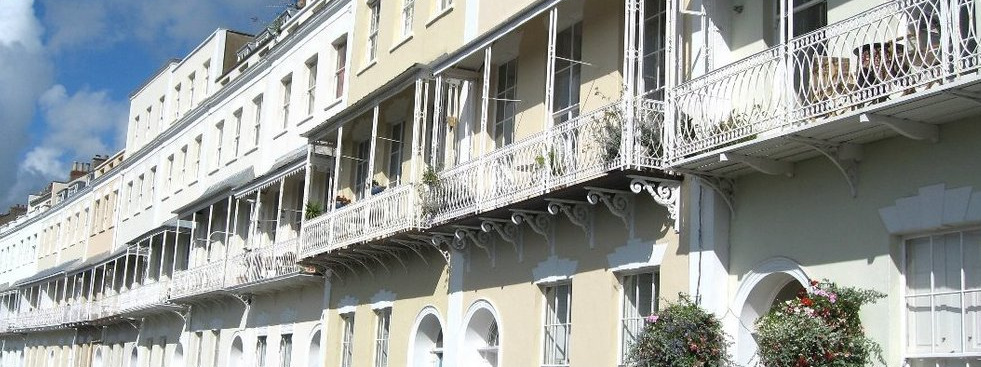Will trust
As the name suggests, these trusts are drafted within a Will. Also known as testamentary trust, they are triggered on the death of the testator and can allow for the property of the deceased to be protected after their death. They are different to lifetime trusts, which are set up in life.
Will trusts are most commonly used by married couples, unmarried couples & civil partners and the requirement to severe any existing joint tenancy is a necessary prerequisite for them to be effective. By becoming tenants in common, each partner will own 50% and on the death of the first partner, their share can be placed in trust and protected.
In the past, Will trusts in Bristol have been used to allow couples to use both personal allowances for IHT purposes, however since the automatic doubling up of the personal allowance introduced in 2007, it is only unmarried couples who need to take this step for IHT purposes. There are however common benefits for such arrangements.
By far the most common use of Will trusts these days is to mitigate the risk of the local authority obtaining the whole of jointly owned property to pay for care fees. By arranging a property protection Will trust, at least 50% of the property can be protected from care fees. Only the share of the surviving partner can be accessed by the local authority and it is a perfectly legal mechanism to avoid care fees. The government have accepted under the ‘Charging for Residential Accommodation Guide’ that this measure is not a ‘deliberate deprivation of assets’.
Another common reason for using such a trust is to avoid what we call ‘sideways inheritance’. This is where a couple have children from a previous relationship and a Will trust ensures that eventually their share in any property bought between them would eventually be inherited by their children. Without it the surviving partner could change their Will and disinherit the children of the deceased.
Lifetime trusts
As the name suggests, these trusts are set up in life. These trusts are also known as home protection trusts or asset protection trusts.
By setting up such a trust and transferring the home into it, the property would be held by the trust and administered by trustees, often adult children. When it came to care fees, as the property is no longer owned by the occupants, it may not be assessed by the local authority when considering care fee costs. However the local authority could consider the transfer into trust a deliberate deprivation of assets.
Advantages of such an arrangement include certainty about who would eventually receive the property, this would be outlined in the trust document much like a Will. The trustees can also deal with the property should the occupants at some stage lack mental capacity, and a significant reduction in probate costs could result.
If a property is transferred into trust in life, which exceeds the IHT personal allowance (£325,000), then an immediate charge of 20% over the allowance could apply. It is therefore important to seek specialist tax advice prior to embarking on such a measure.
Finally we have discretionary trusts, which provide the trustees with considerable powers to implement what they consider necessary and efficient. Discretionary beneficiaries can be nominated under the trust but it would be left to the trustees to decide on the exact terms of any gifts. However it is usual for a letter of wishes to be prepared at the same time as the trust, in which the testator or settlor outlines how they would wish for their estate to be administered under the trust. The letter is not legally binding although the trustees should follow the spirit of the wishes contained.
This concludes an outline of the most commonly used trusts in the UK. If you would like more information on property trusts, please contact Rose & Trust of Bristol on 0117 369 1969.

